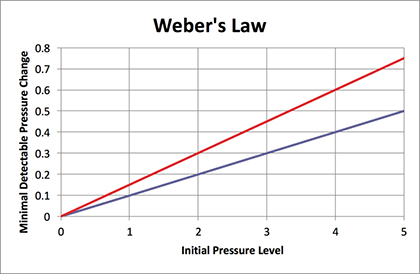Re: Forward Sinking and Rooting
Posted: Tue Apr 04, 2017 4:57 pm
Audi,
Thanks for the detailed information.
While you are correct about having thrusting (蹬deng) predominately in one leg and supporting (撑 cheng) predominately in the other leg, I would say that you always have both in both legs and whichever energy predominates depends on the specifics of the situation. In a bow stance, both legs support the body (have up energy), although both should also have a sinking quality. Practitioners should be able to thrust or push with either or both legs in a bow stance, but this may be difficult to understand without in-person instruction.
As I interpret it, we want to have both flexors and extensors (muscles used for bending and straightening joints, respectively) always primed for action, even when not in action. To me, this is one of the reasons for not locking (or fully extending) our legs (or arms...). If we are primed for even opposite actions, then we maintain readiness for both yin and yang actions (absorbing/pulling, projecting/pushing, etc.); we do not get stuck in one direction without being able to change to the another.
It is also interesting that there is also a spiral potential in our legs (feet rotation towards our little toes), which not only aids in our stability, but also primes us for rotation/counter-rotation, even when “still” or “stationary.” So we can be primed vertically up and down as well as horizontally left and right.
We do not want our ability to move to be inhibited because we are still. We therefore try to maintain a constant potential for movement in any direction, even when not moving. The potential for moving in any direction should be maintained even when one energy or another becomes predominant.
The ideas of yin + yang, and the potential for moving in any direction (maintaining changeability), are frequent considerations in things that I have written for posting online. Those who are interested can read more in the following examples:
http://slantedflying.com/six-direction- ... taijiquan/
http://slantedflying.com/taijiquan-movi ... -molasses/
DP
Thanks for the detailed information.
I try to explain that we are constantly resisting gravity when standing, and thus are pushing up against the ground. To maintain yin + yang in the legs, we are taught to add a downward component as if we are lowering ourselves downward into a chair. This gives our legs both up and down quality and should allow for greater changeability and smoother mobility when shifting or stepping.Audi wrote:To do the stance correctly, I think it is important to understand the thrusting (蹬deng) role of one leg and the supporting (撑 cheng) role of the other leg. In a final stance, these roles become latent, but are still arguably aspects of the underlying equilibrium. Many people just rest on the ground like a chair and do not feel the "motion" of the energy in the stillness.
While you are correct about having thrusting (蹬deng) predominately in one leg and supporting (撑 cheng) predominately in the other leg, I would say that you always have both in both legs and whichever energy predominates depends on the specifics of the situation. In a bow stance, both legs support the body (have up energy), although both should also have a sinking quality. Practitioners should be able to thrust or push with either or both legs in a bow stance, but this may be difficult to understand without in-person instruction.
As I interpret it, we want to have both flexors and extensors (muscles used for bending and straightening joints, respectively) always primed for action, even when not in action. To me, this is one of the reasons for not locking (or fully extending) our legs (or arms...). If we are primed for even opposite actions, then we maintain readiness for both yin and yang actions (absorbing/pulling, projecting/pushing, etc.); we do not get stuck in one direction without being able to change to the another.
It is also interesting that there is also a spiral potential in our legs (feet rotation towards our little toes), which not only aids in our stability, but also primes us for rotation/counter-rotation, even when “still” or “stationary.” So we can be primed vertically up and down as well as horizontally left and right.
We do not want our ability to move to be inhibited because we are still. We therefore try to maintain a constant potential for movement in any direction, even when not moving. The potential for moving in any direction should be maintained even when one energy or another becomes predominant.
The ideas of yin + yang, and the potential for moving in any direction (maintaining changeability), are frequent considerations in things that I have written for posting online. Those who are interested can read more in the following examples:
http://slantedflying.com/six-direction- ... taijiquan/
http://slantedflying.com/taijiquan-movi ... -molasses/
DP
